
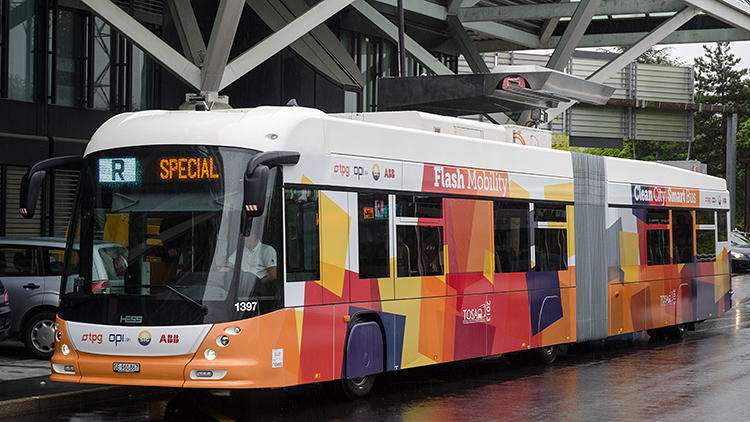
Electric buses aren’t new. But older systems usually involve tangles of crisscrossing wires that limit the buses to specific routes and can cause danger to people.

Batteries can’t solve the problem by themselves, because they don’t last long enough to make it through an entire day of circling city routes.

But a new system from researchers at the Swiss Federal Institute of Technology makes it possible to charge up a battery in 15 seconds–quickly enough that if the chargers are set up at bus stops, the battery can refill while passengers are getting on.


On a flat route, there might be a charger every three or four stops. Headed uphill, there would be extra chargers, and fewer on the way back down.
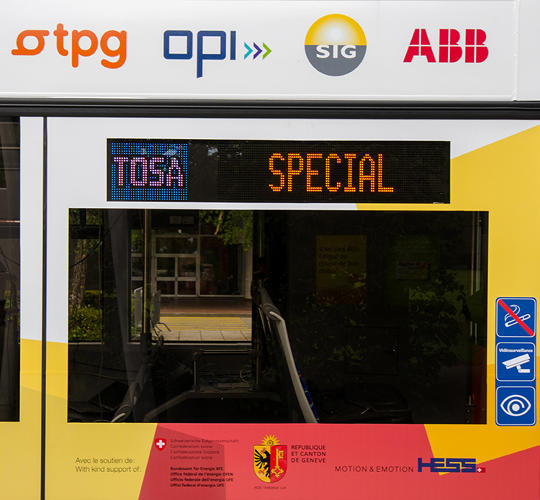
When the bus pulls up to a stop, a battery on the rooftop automatically jumps up to the overhead charger, hooks in, and fills with juice.
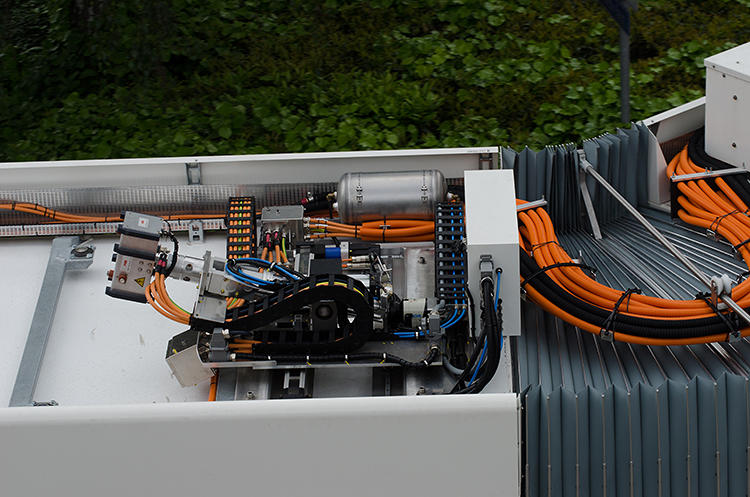
The first bus was tested in Geneva, and the city liked it so much that they’ve committed to replace an entire line with the technology.

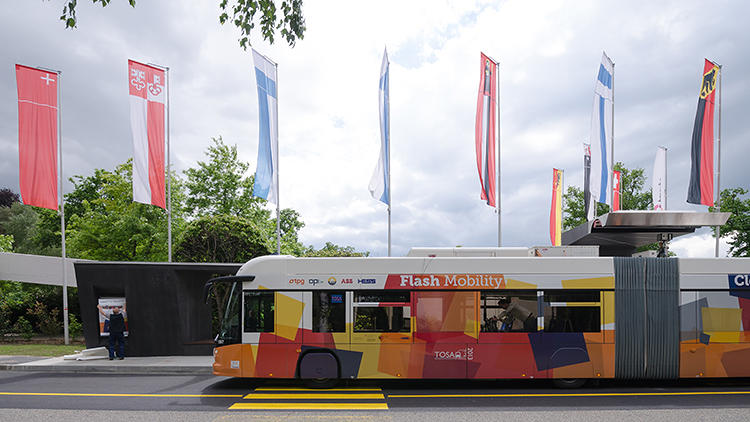
Eventually, all of their older, polluting diesel buses will also be replaced.

For cities, the biggest advantage is cutting pollution–the average old diesel bus might pump out 188 megatons of CO2-equivalent each year, along with clouds of other pollutants that are linked to diseases like lung cancer.
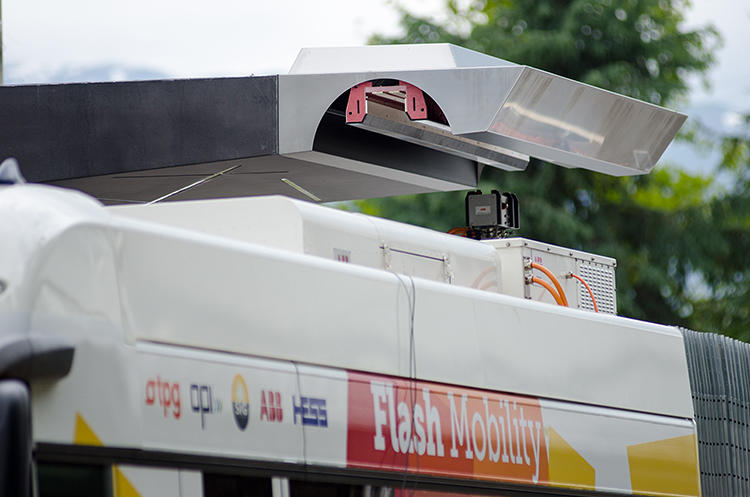
But there are also other benefits, such as no noise at night.


Electric buses aren’t new. But older systems usually involve tangles of crisscrossing wires that limit the buses to specific routes and can cause danger to people.
-
 1
1 -
 2
2 -
 3
3 -
 4
4 -
 5
5 -
 6
6 -
 7
7 -
 8
8 -
 9
9
An Electric Bus That Recharges While You Step Inside
A new system can charge batteries in 15 seconds, or just enough time to fill up between bus stops.
- 1 Notes
- /
- 1 Pin
- /
- 5 Plus
- /
- 372 Tweet
- /
- 188 Like
- /
- 144 Share
Electric buses aren’t new. The “trolley bus” system in San Francisco, for example, has been around for almost 80 years. But even though the older buses keep pollution down, they aren’t quite ideal: In order to work, bus routes have to be strung with dozens of ugly crisscrossing wires that occasionally fall down and zap people, and the buses are stuck driving only where the wires lead.
Batteries can’t solve the problem by themselves, because they don’t last long enough to make it through an entire day of circling city routes. But a new system from researchers at the Swiss Federal Institute of Technology makes it possible to charge up a battery in 15 seconds–quickly enough that if the chargers are set up at bus stops, the battery can refill while passengers are getting on.
On a flat route, there might be a charger every three or four stops. Headed uphill, there would be extra chargers, and fewer on the way back down. When the bus pulls up to a stop, a battery on the rooftop automatically jumps up to the overhead charger, hooks in, and fills with juice.
The first bus was tested in Geneva, and the city liked it so much that they’ve committed to replace an entire line with the technology. Eventually, all of their older, polluting diesel buses will also be replaced.
For cities, the biggest advantage is cutting pollution–the average old diesel bus might pump out 188 megatons of CO2-equivalent each year, along with clouds of other pollutants that are linked to diseases like lung cancer. But it also has other benefits.

“TOSA allows us to operate from early in the morning until late at night without noise,” says Michèle Zollinger, one of the researchers. Unlike a traditional bus, which roars every time it takes off from a stop and squeaks when it comes to a halt, the TOSA bus is relatively silent.
“The small and long lasting battery allows a dramatic reduction of the battery waste,” Zollinger adds. “TOSA is also compatible with renewable energy sources such as solar energy because of the charging during the day.”
The cost is similar to the older electric trolley-bus systems, but the researchers say that as battery costs decrease, it will soon be about the same as buying diesel buses. The researchers are already talking with other cities about new installations.

